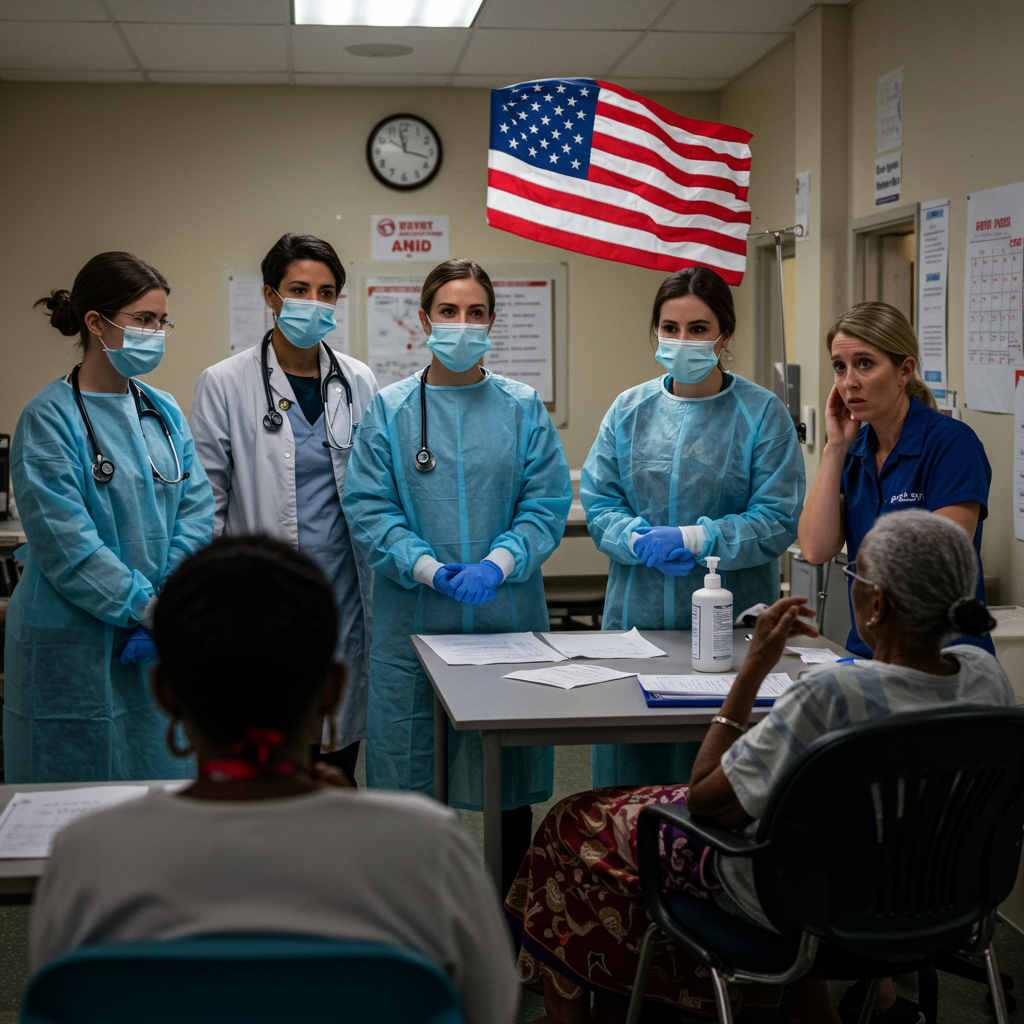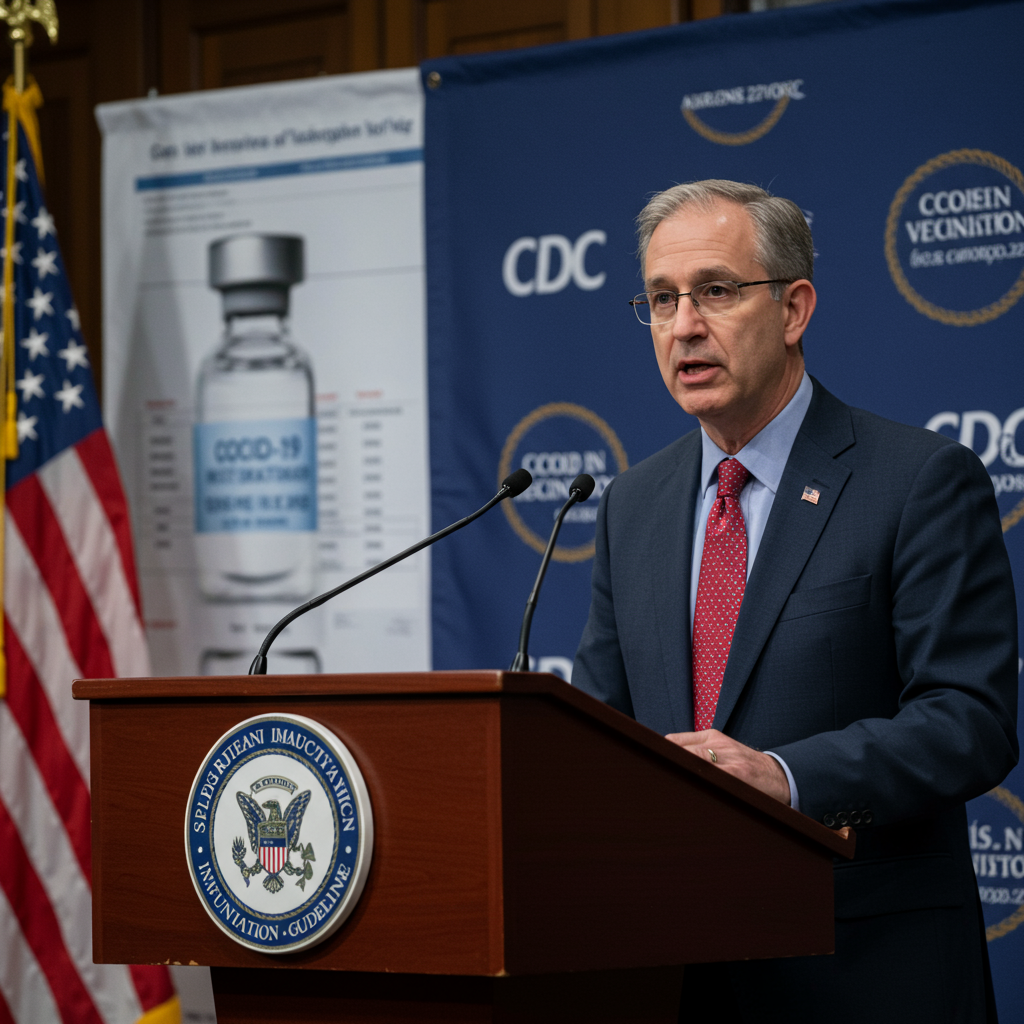The global fight against HIV is facing an unprecedented crisis following significant cuts to United States foreign aid, according to health leaders and humanitarian organizations. This sudden reduction in funding, particularly impacting programs supported by USAID and the crucial President’s Emergency Plan for AIDS Relief (PEPFAR), is reversing decades of progress, leaving millions at risk of losing life-saving treatment and potentially leading to a dramatic increase in new infections and AIDS-related deaths.
Winnie Byanyima, the Executive Director of the Joint United Nations Programme on HIV and AIDS (UNAIDS), has warned that without the restoration of US support, the world could see millions of additional AIDS-related deaths and new HIV infections in the coming years. This represents a severe setback, especially for countries in Africa, which bear a significant portion of the global HIV burden.
Immediate and Devastating Impacts On The Ground
The consequences of these cuts are already being felt acutely in communities reliant on international aid. Reports from health workers and partners highlight:
Service Shutdowns: Essential healthcare services, including those for HIV, TB, malaria, and sexual and reproductive health, have ceased operations in numerous locations.
Treatment Disruptions: Patients on life-saving antiretroviral (ARV) treatment face uncertainty and difficulty accessing their medication. In South Africa, for instance, home delivery of ARVs has stopped, forcing patients to travel long distances. In the Democratic Republic of Congo (DRC), where 520,000 people live with HIV, hospitals and community distribution points have reported no delivery of ARV supplies, putting thousands at risk of drug resistance and death.
Job Losses: Thousands of healthcare professionals, including nurses, doctors, counselors, and community health workers, have had their contracts terminated, decimating the workforce vital for program delivery.
Loss of Access: Millions have lost access to the care they need, leading to fear and confusion among vulnerable populations. Drop-in centers providing ARVs have closed, uncertain if they will ever reopen.
Organizations like Doctors Without Borders (MSF) describe the situation as a humanitarian disaster, emphasizing that the suddenness and scale of the cuts have left governments and aid groups unable to plan adequately or fill the massive funding gaps.
Threats to Prevention and Key Populations
The cuts are particularly devastating for HIV prevention efforts and services targeting key populations most vulnerable to the virus, such as sex workers, men who have sex with men, transgender people, and people who inject drugs.
Loss of Targeted Services: Despite scientific consensus on the need to reach these groups, funding for services specifically for key populations has been discontinued in some areas due to policy shifts related to US aid. In South Africa, critical services for these groups have stopped.
Prevention Setbacks: The global rollout of PrEP (pre-exposure prophylaxis), a key prevention tool, is severely hampered. PEPFAR funding previously covered over 90% of global PrEP initiations. Countries report being unable to sustain high-risk patients on PrEP, and promised doses of newer injectable PrEP drugs have not been delivered to many low and middle-income countries.
Harm Reduction Impact: Programs providing harm reduction services, such as needle distribution and opioid replacement therapy, have been suspended in various countries, potentially leading to increased heroin use and HIV transmission among people who inject drugs.
Supply Chain Woes and Medication Shortages
Beyond direct service cuts, the reduction in US funding is causing major disruptions in the supply chain for essential commodities.
ARV Stockouts: Nearly half of the most affected countries have reported recent supply chain disruptions. Several countries have less than six months’ stock of at least one critical ARV line, and stockouts of both ARVs and condoms are anticipated in some regions, impacting not only treatment but also prevention and essential services like antenatal care for pregnant women with HIV.
Price Increases: As PEPFAR has been a major purchaser of ARVs and prevention drugs, anticipated reductions in orders are expected to drive up global prices, making these life-saving commodities less accessible for other funders and national governments.
Wider Commodity Impact: Disruptions extend to other HIV-linked commodities like condoms and opioid replacement medication, highlighting the broad reliance on PEPFAR’s procurement role.
Broader Health System Strain and Dire Projections
The impact extends beyond HIV, affecting the broader health landscape in Africa. The Africa Centres for Disease Control and Prevention (Africa CDC) estimates that losing US funding could lead to millions of additional deaths from treatable diseases like malaria and tuberculosis. Cuts to Gavi, the Vaccine Alliance, also funded by the US, risk millions of children missing routine vaccinations.
UNAIDS modeling paints a stark picture of the long-term consequences if these programs are permanently discontinued without alternative funding. Projections indicate potential additional 6.6 million new HIV infections and 4.2 million AIDS-related deaths globally by 2029. This could effectively erase years, even decades, of hard-won progress in controlling the epidemic.
While some African governments are exploring options to increase domestic funding, the scale of the US cuts remains a massive challenge. Humanitarian organizations warn that their capacity is insufficient to offset these reductions, and the current crisis underscores the critical need for sustained international commitment and funding to prevent a devastating resurgence of HIV/AIDS and other preventable diseases.



